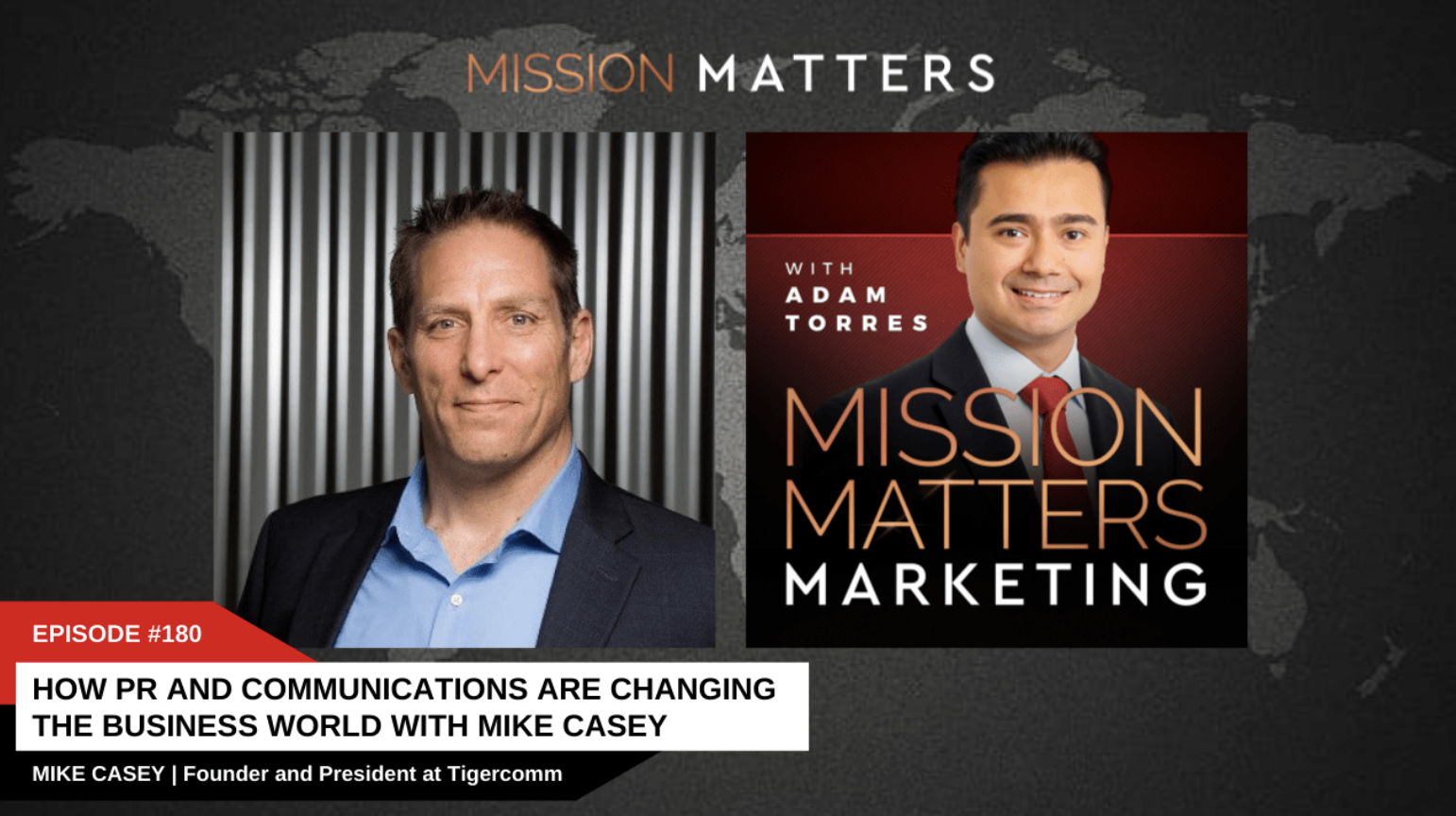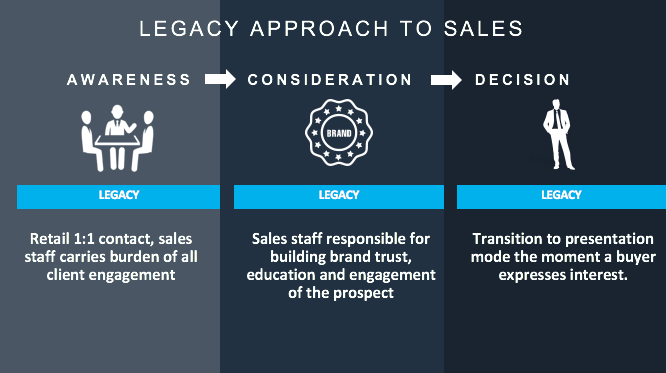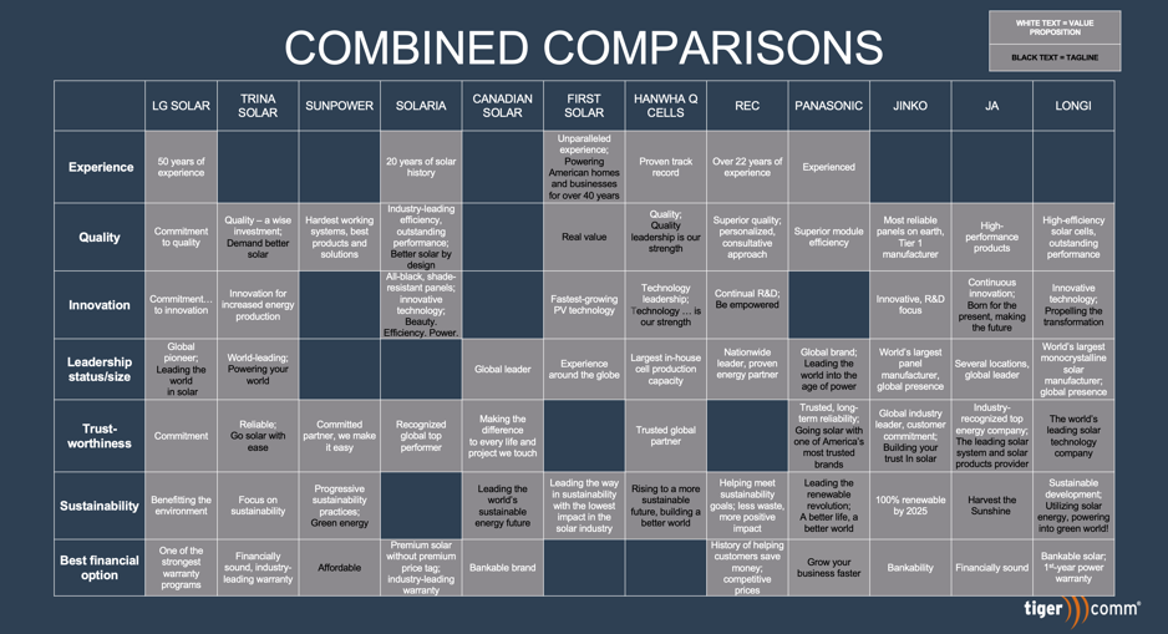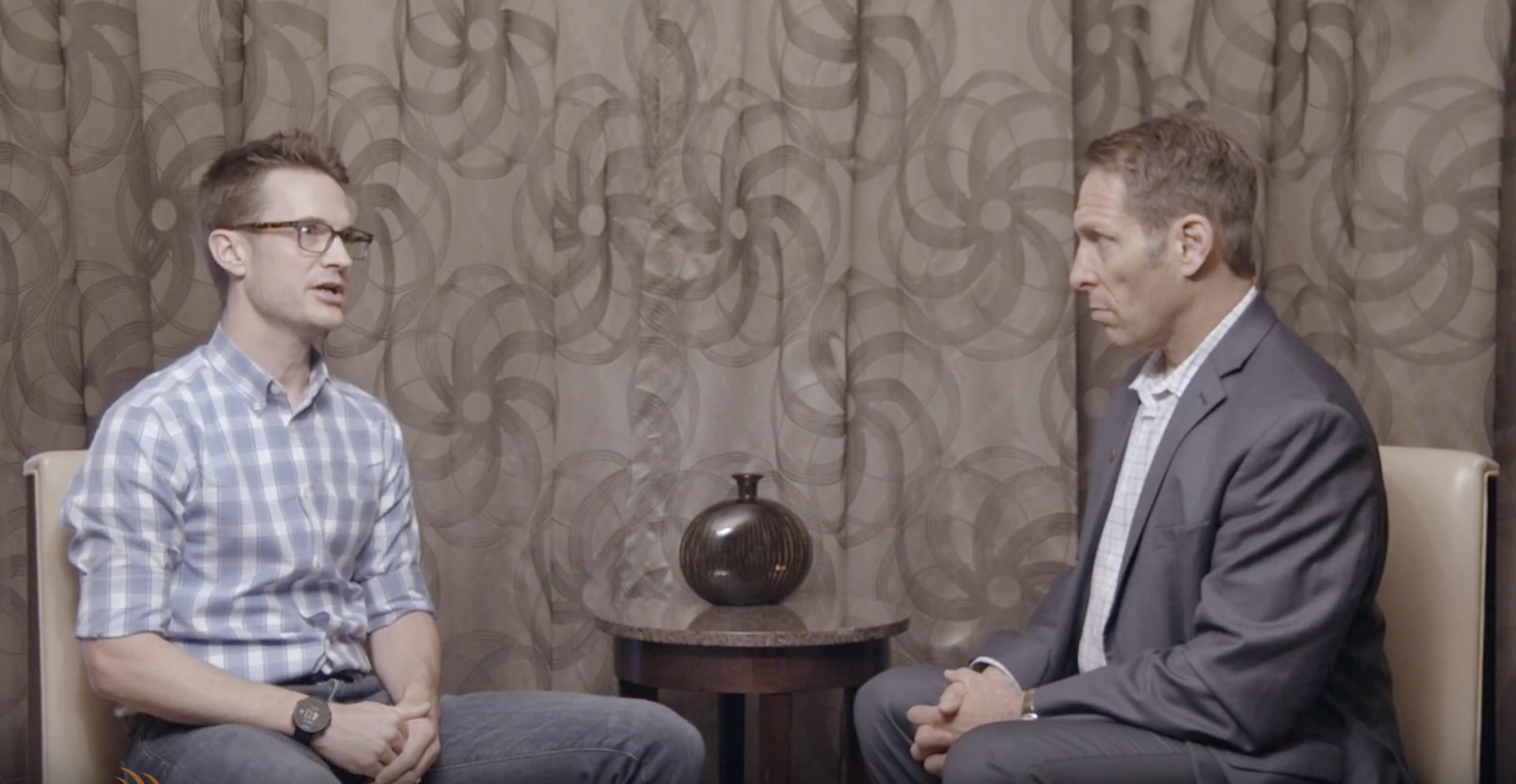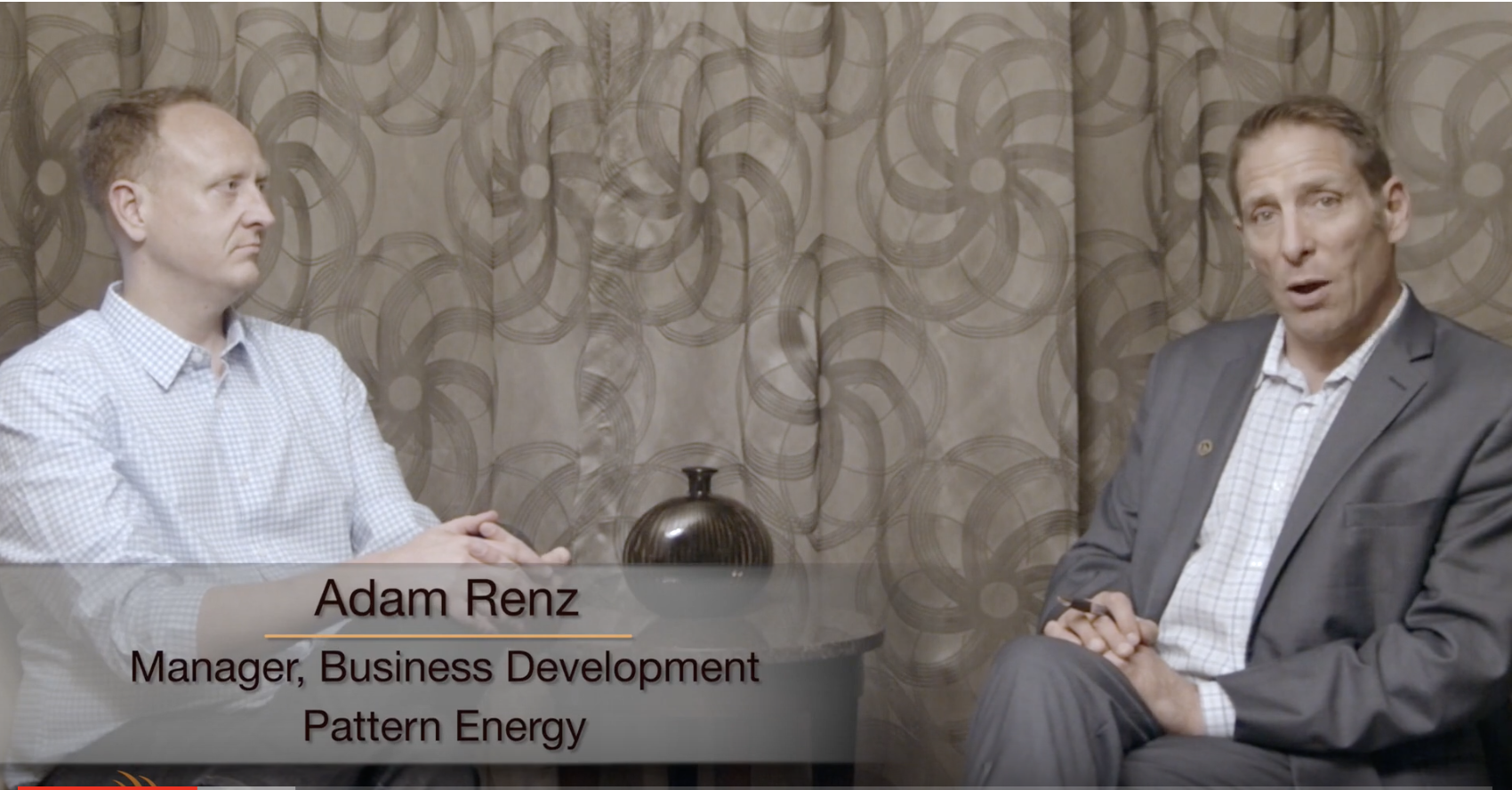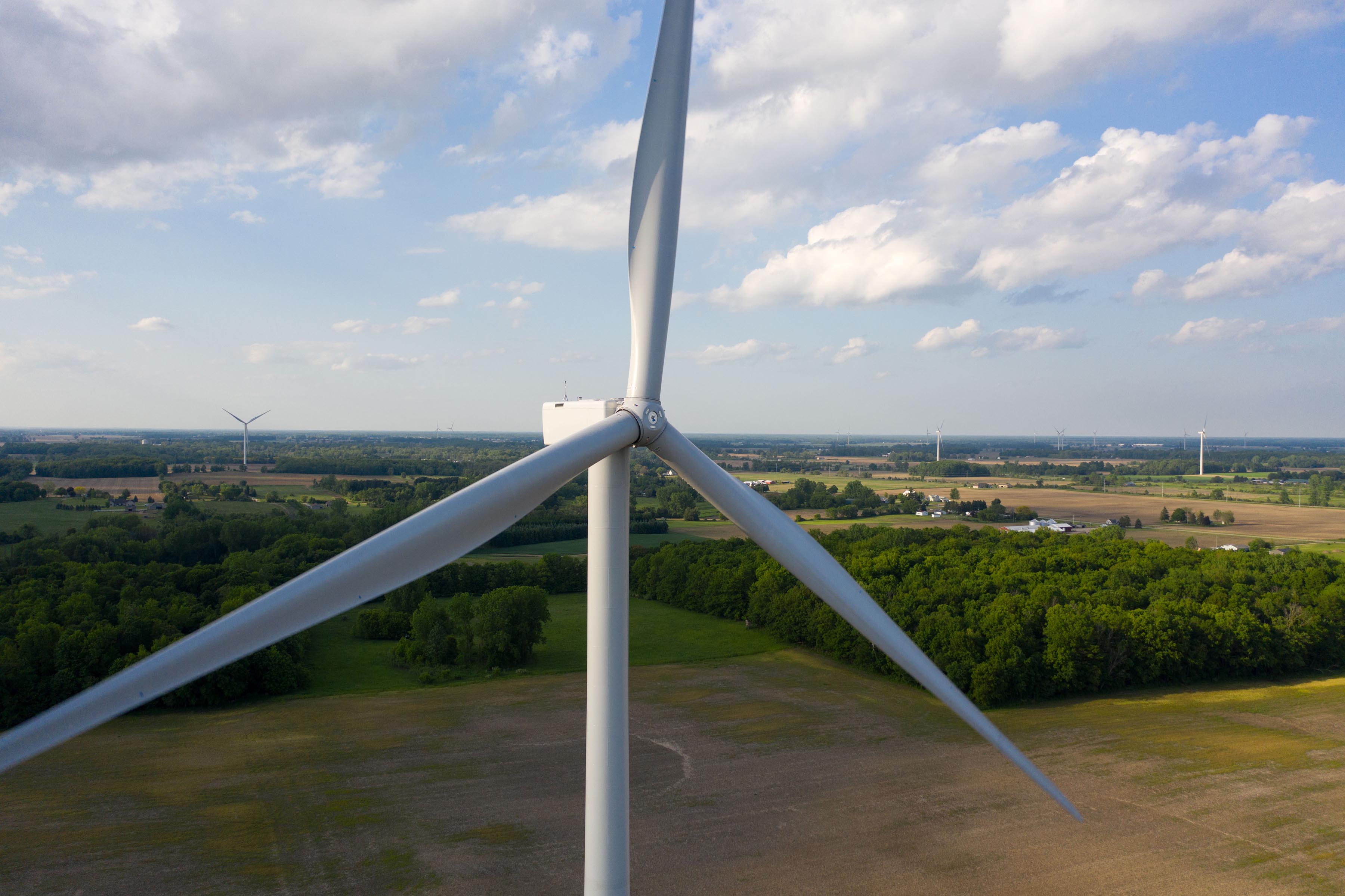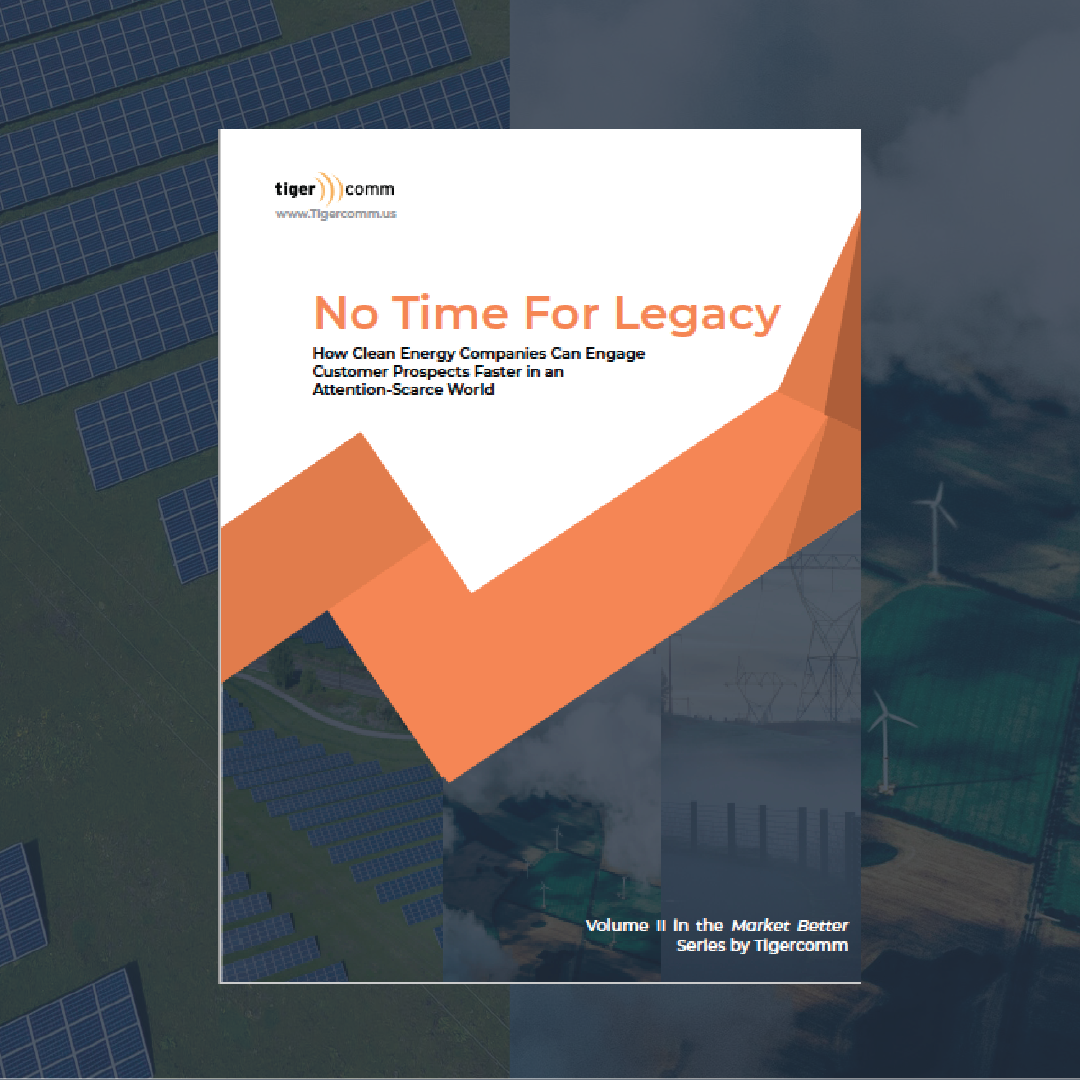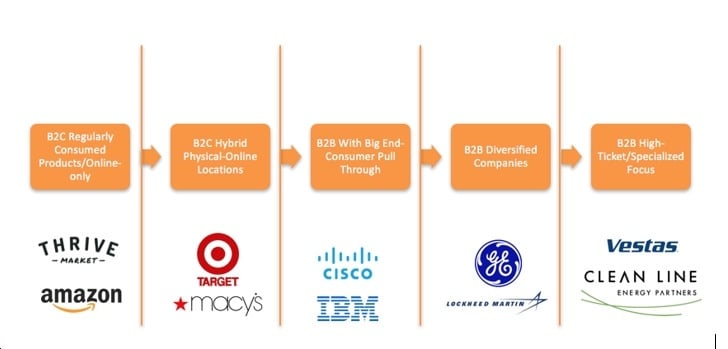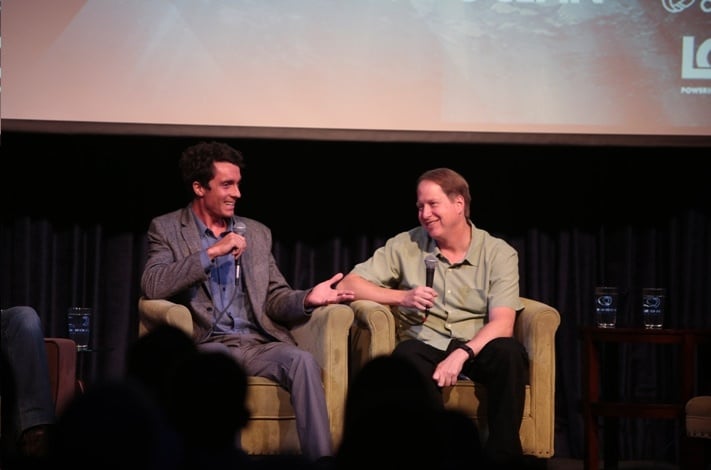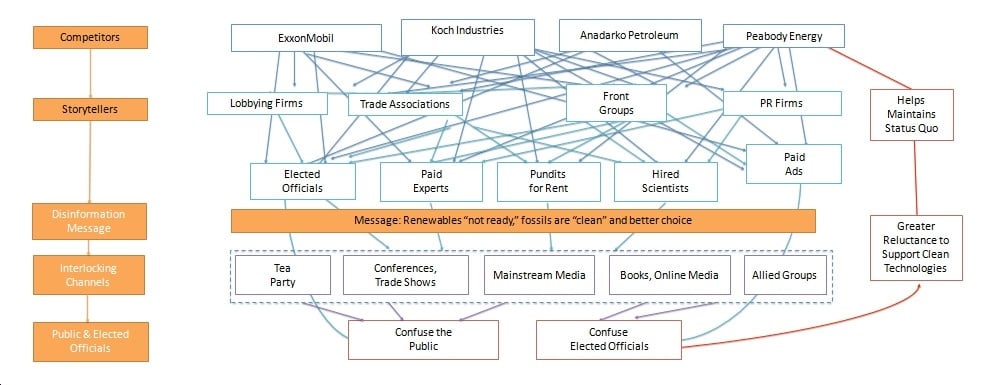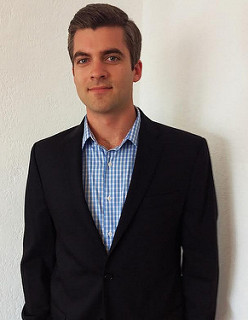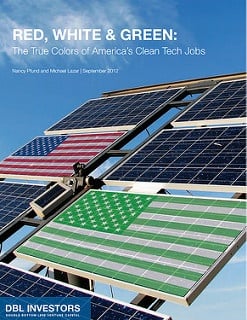Insights
This article was updated in October 2023 to reflect the most recent industry developments.
We had the pleasure to go on the Growth Secrets Podcast with host Reade Milner. Reade runs an intriguing marketing consulting practice in Atlanta that helps a range of businesses market better.
Continue ReadingBy Melissa Baldwin and Mike Casey
Most clean economy businesses need to build profiles for both their company and individual members of their executive teams. Their reasons vary, often by where the company is in the business life cycle. We find a lot of our clients’ profile building needs clusters at these points:
Continue ReadingThis article was originally published on Agility PR's Bulldog Reporter blog.
Request for Proposals (RFPs) are a long-standing tradition among companies and organizations seeking creative professional services. But it’s a tradition that we’re leaving for reasons that might be useful to both buyers and sellers of these services.
What’s the recipe for a winning investment pitch? Contrary to popular belief, it’s not business fundamentals.
As reported by Business Insider, academic research shows that things like founder team experience, market size, revenue potential, and exclusivity of the tech aren’t all that important…but performance is.
Cleantechers, below I share some first impression takeaways from Tuesday’s election results. I offer these through the lens of my time in politics (25 years) but detached from any opinion I have about candidates or political views. These thoughts are offered strictly from a communications mechanics perspective, with the hopes that it’s of use to fellow clean economy communicators in your work going forward.
Continue ReadingThis article was updated in November 2022 to reflect the most recent industry developments.
Video Marketing for the Renewable Energy Sector
We often hear from our clients and friends in cleantech that one of their biggest challenges is reaching and educating a wide and varied range of audiences. Whether it’s utility executives, corporate customers, policymakers or homeowners, an effective cleantech media communicator can usually get to a win, given the opportunity to sit across the table and have a personal interaction. But your team can’t be everywhere at once, and it can be difficult to reach these audiences at scale and educate them on your company’s value proposition.
Continue ReadingI had the pleasure recently of talking with Joseph Batir, host of the Energy Transition Solutions podcast.
Joe and I talked about:
- Why I’ve found that working in the private sector is easier than working in politics or the nonprofit world via more rationalized client motives (4:25).
- It’s also more satisfying from a client-impact standpoint, because “You cannot sit at an environmental group and regulate the coal industry into sustainability. Some industries simply have to go. They cannot be kept around. Some industries like cement making can be made much more sustainable.” (13:00)"
- How few clean economy sectors are new industries because they’re not directly disrupting incumbents (13:59) and how disrupted incumbents push back hard through our form of legalized corruption known as campaign contributions. They do that instead of just handing over market share and going willingly out of business (15:19) “The disrupted are constantly reacting to the disruptors and the disruptors must manage that with fewer resources than the disrupted have.”
- Why B2B companies’ default reliance on jargony content hurts their sales and violates the Richard Branson rule of narrative simplicity “Any fool can complicate something. It takes a master to simplify it.” (27:10) and why your marketing collateral should be able to pass the “supermarket checkout test” (29:50) because it accommodates the reality that humans make emotional decisions first in order to make a rationale decision (31:27).
Tigercomm talks a lot about improving social media strategies for cleantech companies to compete with incumbent fossil fuel interests. We’ve worked with a strategic SEO agency, Rampiq, for the past few years on our own site and are continuously impressed with the results. We’ve asked Rampiq to write a guest article explaining how clean economy companies can use SEO to boost brand recognition, sales, and the visibility of their products.
Continue ReadingIt’s been a tough couple of years on the conference scene, raising questions about what trade shows will look like post-pandemic. I have to say, though, that it feels like things are finally getting back to normal.
Cleantech executive teams are almost universally concerned with the impact of commoditization of their companies’ long-term growth. But if your product isn’t differentiated, then competing is just about winning on price – otherwise known as commoditization.
Continue ReadingDigital Solutions for Securing Community Acceptance of Wind Energy – With Will Eberle of E.ON North America
This article was updated in June 2022 to reflect new developments in the industry.
Continue ReadingThe traditional, conventional wisdom in business marketing is to ignore competitors. “Don’t give them oxygen.” But that’s wrong, according to Duke University marketing professor Dr. Keisha Cutright. Dr. Cutright’s research, first covered by NPR’s Planet Money, shows that companies who compliment competitors actually improve customer perception of their brands. In other words, the complimenter gets the credit from customers.
Continue ReadingB2B Purchase Decisions In Cleantech And The Digital-Social Criticality Scale
Across clean economy sectors, the sales and marketing teams we talk to share a growing frustration: it’s gotten harder to get renewable energy customer prospects to engage during the marketing process. They’re all too familiar with sending that seventh “touch base” email to a prospect they’ve connected with at the trade show and hearing nothing back. This experience has three main sources: what we’re calling the “VAR Phenomenon” (Volume, Attention, Relevance), and it's increasingly becoming a challenge in the smartphone age.
Continue ReadingThis article was updated in March 2022 to reflect industry changes.
Why Should Cleantech Companies Invest In Social Media?
Spoiler alert: We’ve found that almost every wind energy company is using social media as a limited distribution platform. That’s understandable, because social is great for distribution as the first, highly targeted yet far-reaching platform. And there’s the lure of social media’s lightning-in-a-bottle potential to “go viral,” organically attracting massive numbers of eyeballs with only a modest initial investment.
Yet most wind company programs are leaving on the table the real potential for social media… targeted engagement. Social media is definitely cheap distribution, though for all but a few (like the Federal Reserve), a distribution-centric strategy can’t hold audience attention. There’s too much content and too many voices vying for a finite pool of people’s attention.
The potential for long-term attention through social media lies in targeted engagement, with networks of people investing their time and attention in a company’s products, policies and successes. But the engaged have to find value in engaging. And one of the surest value propositions is not just being responded to, but having impacts on brands, products and policies.
Many companies are already engaging – see ratings from Uber drivers and riders. The trend is underway elsewhere. You can accessorize the car model of your choice, and it’s a sure bet that car companies are using the resulting data to time when customer online input will drive which decisions to make on which models. Others are on the threshold: with only half the daily newspaper reporters on staff as compared to 20 years ago, the news industry continues its financial slide because readers won’t pay the full cost of professional reporting. It’s being argued that news reporting’s most viable path is having readers choose what gets reported in the first place. You get the idea.
The point is that value-add engagement is only secured through a two-way conversation that matters. The buzz phrase is “democratized ownership.” It’s rare right now in high-ticket B2B sales, though the potential value remains. However, those benefits will only be reaped through well-designed, intensively managed social engagement programs. They aren’t cheap, but we see distribution-only tactics beginning to cost the wind industry more in opportunity than targeted engagement will require.
Note: This article was refreshed in March 2022 to reflect the current state of the cleantech industry.
What do your customers buy, really? Is it your product? Or is it something that your product gives them?
Continue Reading
It was fun to talk with Adam Torres of Mission Matters Media about how public relations is both serving and changing the way businesses interact with consumers.
Continue ReadingThis article was updated in January 2021 to reflect the most recent industry updates.
One of the great things about my job is talking to cleantech companies with cutting-edge technology, data-driven execution and great management.
But it’s surprising how many of those companies build legacy marketing communications into their approach for engaging customer prospects.
Continue ReadingThis article was updated in January 2021 to reflect the most recent industry updates.
One of the main challenges new clients bring to Tigercomm is how to increase revenue through marketing communications (“marcom”). In the cleantech sector, high-ticket, B2B sales have long lead times and often include a great deal of due diligence devoted to each sale.
Continue ReadingThanks to Bill Nussey of The Freeing Energy Project's podcast. We’re fans of the work Bill’s doing, and he fingered us as advocates for "strategic brevity" and how it can help #cleanenergy scaling through better #marcom. Highlights:
Continue ReadingWe had a fun talking with Benoy Thanjan of the Solar Maverick Podcast. We covered a huge range of topics, but the highlights of the conversation that clean economy sectors might find useful were:
Continue ReadingI’m fired up about being a speaker at Solar Power International, now part of North American Smart Energy Week. Our presentation was based on an analysis and set of interviews with industry leaders on what the industry can do about profit pressure from commoditization.
Enel Green Power’s Nick Coil: When it Comes to Community Acceptance, Start Using Digital Tools EARLY
Of all the people we’ve interviewed for the Not Just for NIMBY series, Enel Green Power’s Nick Coil has probably spent the most time in rural communities engaged in… well, community engagement. He shared other interviewees’ views on the increasing difficulty of community relations, the dominance of Facebook in rural communities and the criticality of using social media as part of a community relations program. But Nick had some sophisticated observations and tactical recommendations that made this interview particularly useful for other wind IPPs.
Continue ReadingDigital tools can de-risk projects, but, “we have ceded a lot of our thought leadership to folks who oppose us”
Adam Renz is one of a handful of people who have been an institutional communicator at two major wind IPPs – first EDP Renewables, then Pattern Energy. We were excited to tap the perspective of this wind industry veteran, and his thoughtful commentary didn’t disappoint. In fact, it was difficult narrowing our interview with Adam down to three big points.
Adam agreed with others we’ve interviewed on the dominance of Facebook in rural communities, the costs of neglecting social media tools and the ability of negative attention paid to one project affecting the fate of others. However, he had far more to say beyond what we recap below. So we encourage you to read the full transcript of Adams’ comments.
Continue ReadingPine River Wind Park. Credit Mark Houston, DTE Energy.
One of the highlights of our WINDPOWER trade show experience was getting to talk with industry leaders working to secure support in communities with proposed wind farms. As part of our “Not Just for NIMBYs” interview series, we spoke with our first IOU leader, DTE Manager of Renewable Energy Development Matt Wagner. His company has gone from one of the most coal-intensive utilities to one that’s leading the way to a clean energy future. DTE has developed, owns and operates over one gigawatt of wind energy, and it recently committed to an 80% reduction in its corporate carbon footprint.
Continue ReadingAcross clean energy sectors, sales and marketing teams we talk to share a common challenge: It has gotten harder to get prospects to engage.
That’s because the ubiquitous use of digital platforms (think smartphones, tablets, Alexa) and abundance of published content has changed the way buyers are purchasing.
Consider your own buying behavior. The last time you went to purchase anything over $100, did you Google it first? Check the reviews or comps online?
Continue ReadingIt’s what matters most to marketing and sales teams in any industry: Measuring success.
Continue Readingby Dan Bellows, Account Associate at Tigercomm
Continue ReadingDoes the Return of Solar's "Long Tail" Make the Case for Turnkey Marcom Solutions for Small Installers?
We read with great interest cleantech industry leader Andrew Beebe's thought piece, The Revenge of the Long Tail: Small, distributed solar companies are retaking the industry. Here’s why. The following excerpt captures what Beebe's main point is.
Continue ReadingWhen author and public speaker Brene’ Brown talked about “the power of vulnerability” at TEDx Houston in 2010, she was speaking as a researcher, a professor at the University of Houston and a #1 New York Times best-selling author. Brown’s credibility got her onstage, but credibility alone is not what got her to the top-10 most-viewed TED talks in the world. That accomplishment was likely the result of Brown taking her own advice.
Continue ReadingBy Sarah Lippincott and Mike Casey, excerpt from Social Wind.
Continue ReadingQ: "Why doesn't ocean acidification get the same attention as climate change?"
A: "Too many syllables. It's not a good hashtag."
This was the tongue-in-cheek answer to a serious question that I found myself giving, as a panelist in front of a crowd of 200 people at Cross Campus in Santa Monica, California.
Continue ReadingFor years, we've watched as the entrenched, increasingly antiquated, but politically-well-connected and heavily-subsidized dirty energy industry has attempted to slander wind, solar and other clean energy sources as...well, basically lame in every way. One of the dirty energy folks' implicit themes has been that, somehow, fossil fuels are uniquely suited to fulfilling the American Dream, while clean energy is some sort of alien force that is inherently more suited to "socialist" Europe than to the "capitalist" United States. Of course, nothing could be further from the truth, which is why it's great to see articles like the one by Jigar Shah and Raj Pannu in Fortune on how green energy is, in fact, quintessentially "red, white and blue." Here are a few great lines that jumped out at us.
Continue ReadingIn attempting to communicate with customers or policymakers, you have a number of options at your disposal. That includes both analog and digital methods, and all the many subsets within each of those areas. Along those lines, a recent article article on this subject, entitled Just a Handful of Social Media Comments Can Grab the Attention of Congress, Study Shows, caught our eye, if for no other reason than it made a strong claim for one widely popular communications method (social media) over a tried-and-true one (email).
Continue ReadingDavid Briggs has long-standing experience in the solar industry, including three years at a cleantech communications firm and three years as Marketing Manager at microinverter manufacturer Enphase Energy. Briggs now works as Director of Marketing at mounting systems provider IronRidge. Recently, Briggs took a few minutes from his busy schedule to talk to us about an important topic for the solar industry: how best to engage and market to your customer base, and ultimately to "truly out-compete traditional energy." We greatly appreciate Briggs' insight-filled responses to our questions.
Continue ReadingAn article in the Washington Post, "Serious reading takes a hit from online scanning and skimming, researchers say," got us thinking: What impact, if any, might this change in the way we process information in the digital, social media age impact cleantech marketing? We'll share our thoughts in a minute, but first, here are a few key points from the Post article.
Continue ReadingKatie Fehrenbacher "launched GigaOM’s greentech channel in 2007 and closely tracks energy entrepreneurs and investors," so she's definitely got her finger on the pulse of the industry, particularly in Silicon Valley. Which is why her take-down of the meme that "Silicon Valley doesn’t seem to be creating anything meaningful anymore" is worth highlighting. Fehrenbacher makes a few key points.
Continue ReadingAt Greentech Media, Pulse Energy CEO David Heliwell has some excellent, helpful tips about "cutting through the noise in cleantech." Here's an excerpt.
Continue ReadingBy Dave Georges, Tigercomm Senior Vice President
Continue ReadingBy Mark Sokolove, Executive Vice President of Tigercomm
Continue ReadingFor anyone concerned with the optimal approaches to marketing cleantech - as well as approaches to avoid - a story which appeared yesterday on NPR is well worth passing along. First, a few highlights from the story.
Continue ReadingAccording to a recent TechCrunch story, "when untruthful information is immediately corrected in a news story," it doesn't fix the effect. In fact, a new study concludes, calling out false information can paradoxically make users “more resistant to factual information." Or, as the TechCrunch article puts it: "The more truth we read, the more we tend to believe strongly held lies."
Continue ReadingRecently, I read a fascinating article on green marketing (Promoting the Value of Sustainably Minded Purchase Behaviors) by Professors Cathy Hartman and Edwin R. Stafford of the Center for the Market Diffusion of Renewable Energy and Clean Technology at Utah State University. The gist of the argument Stafford and Hartman are making is threefold:
Continue Reading
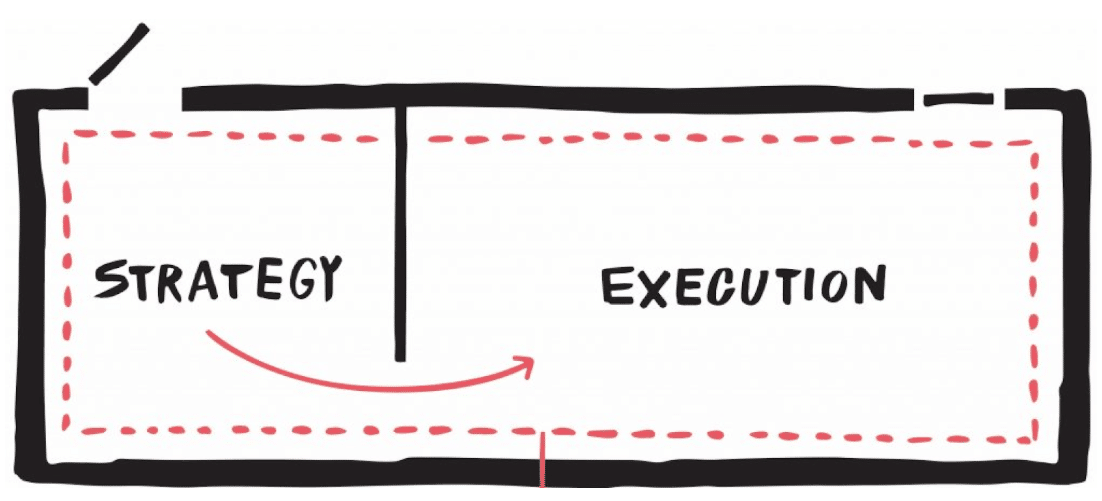
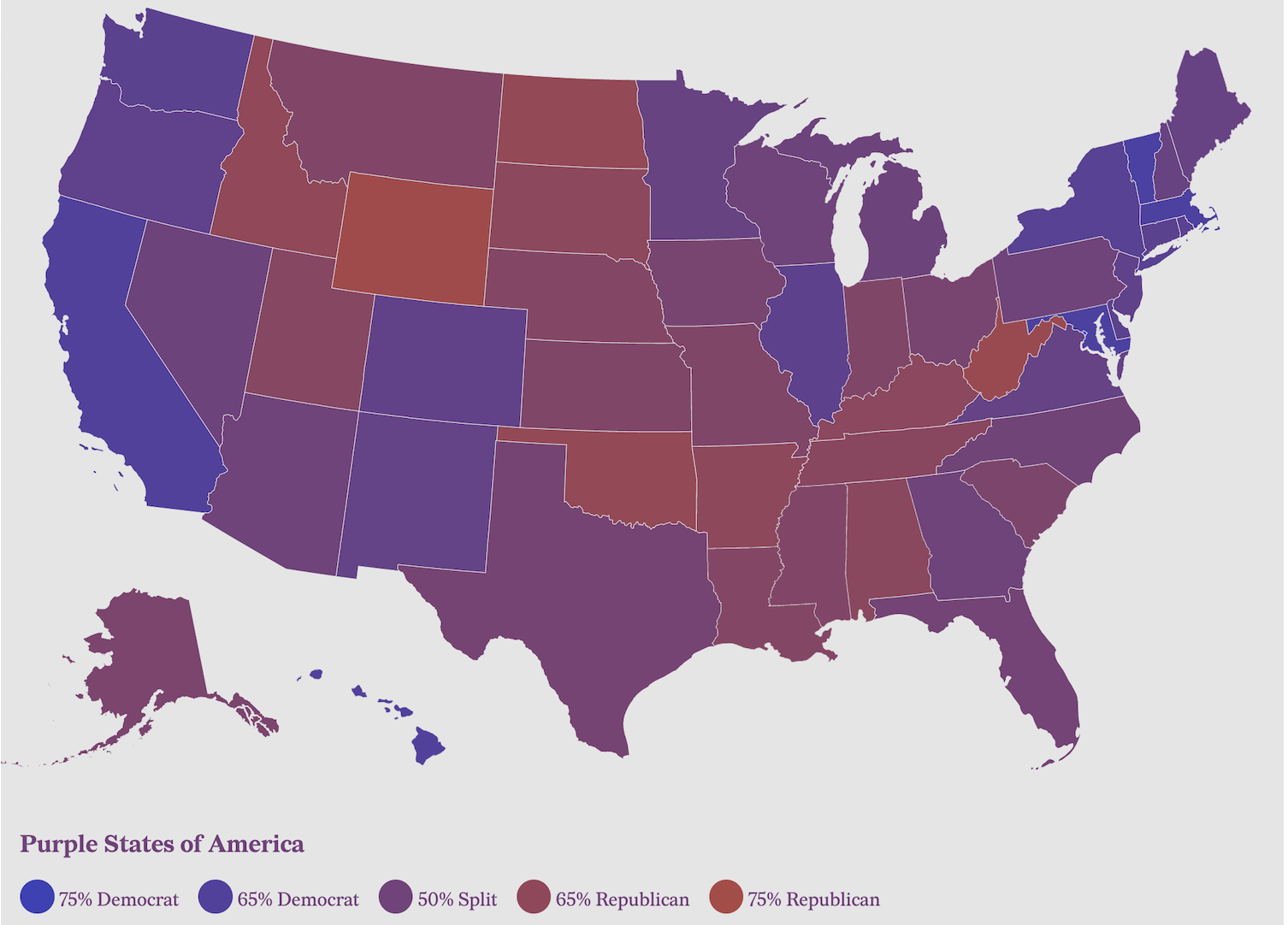
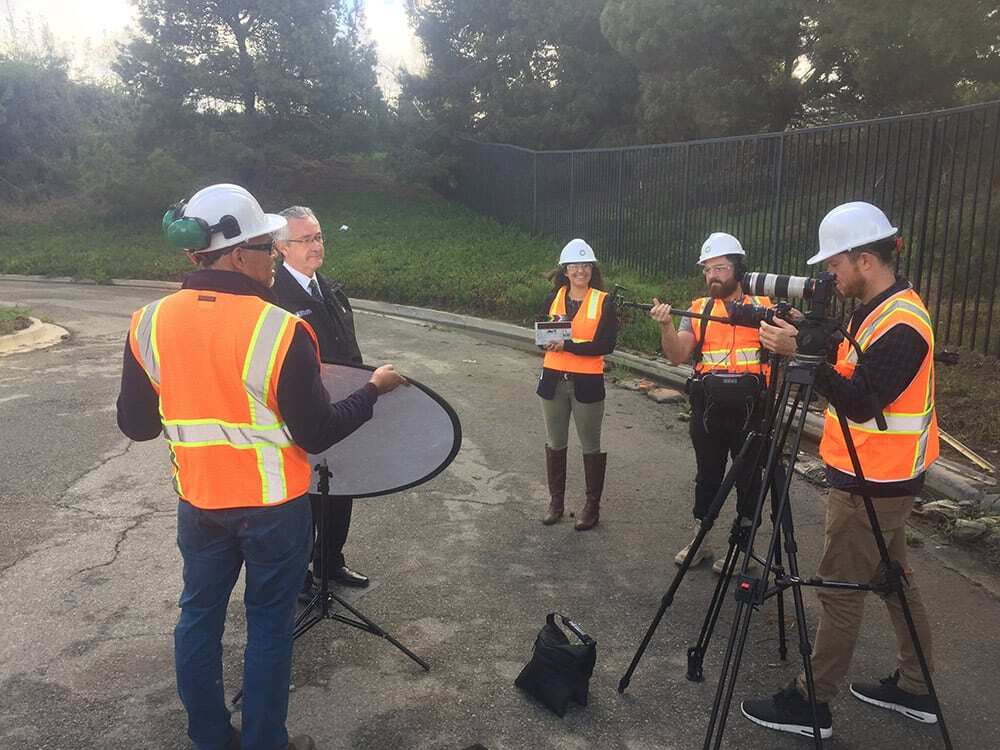
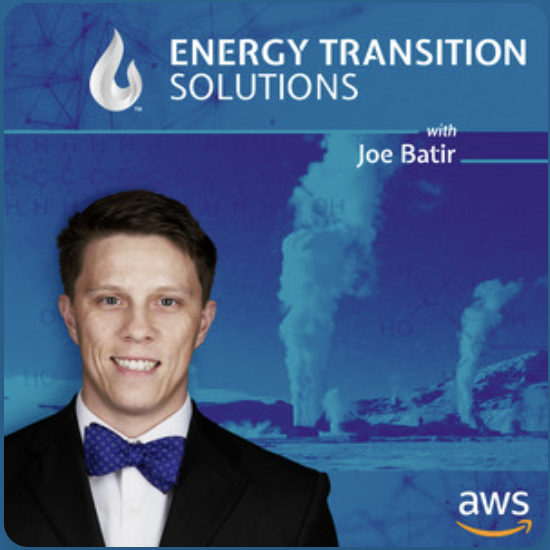

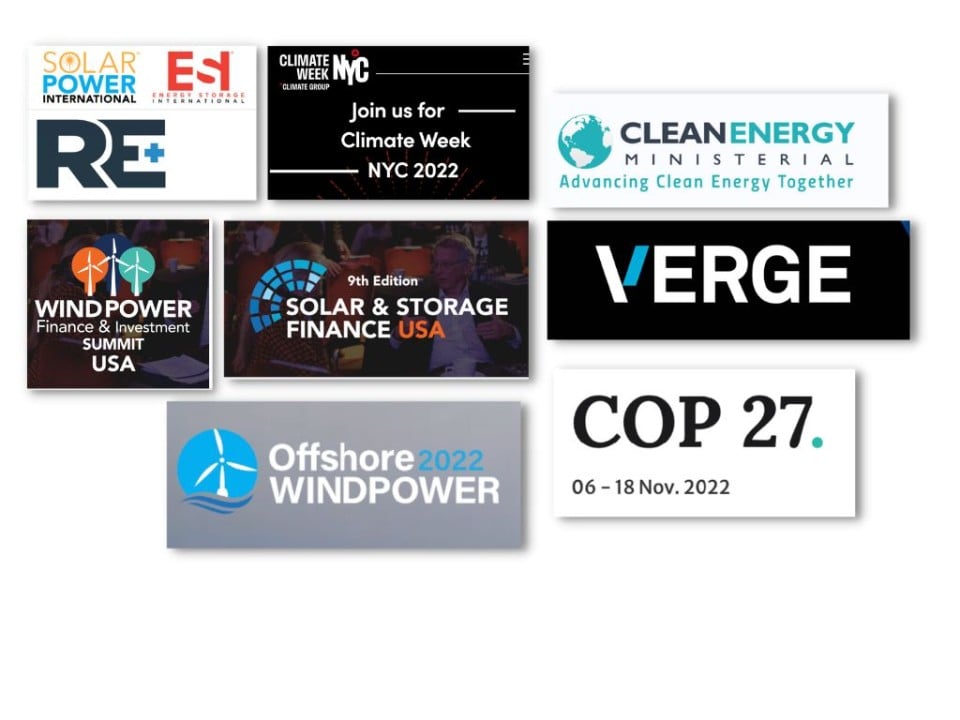

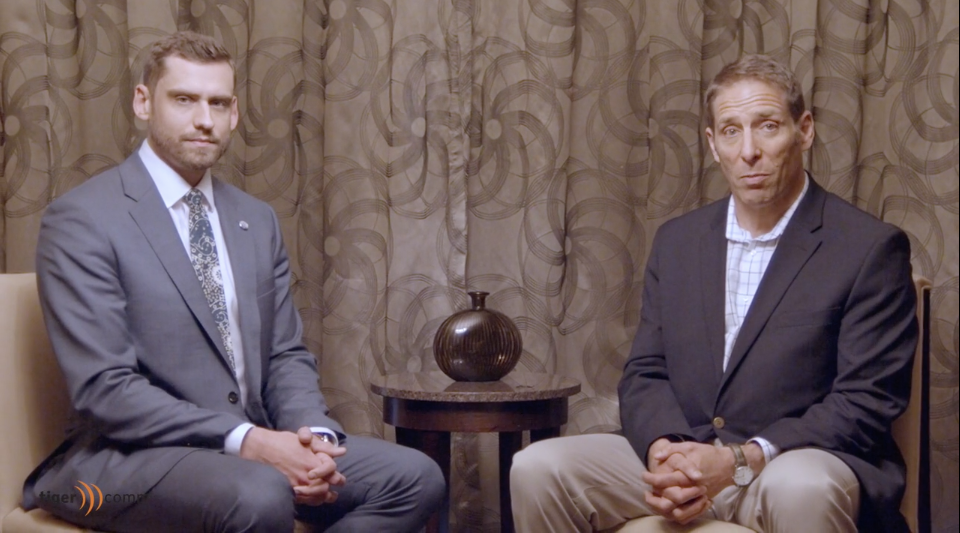
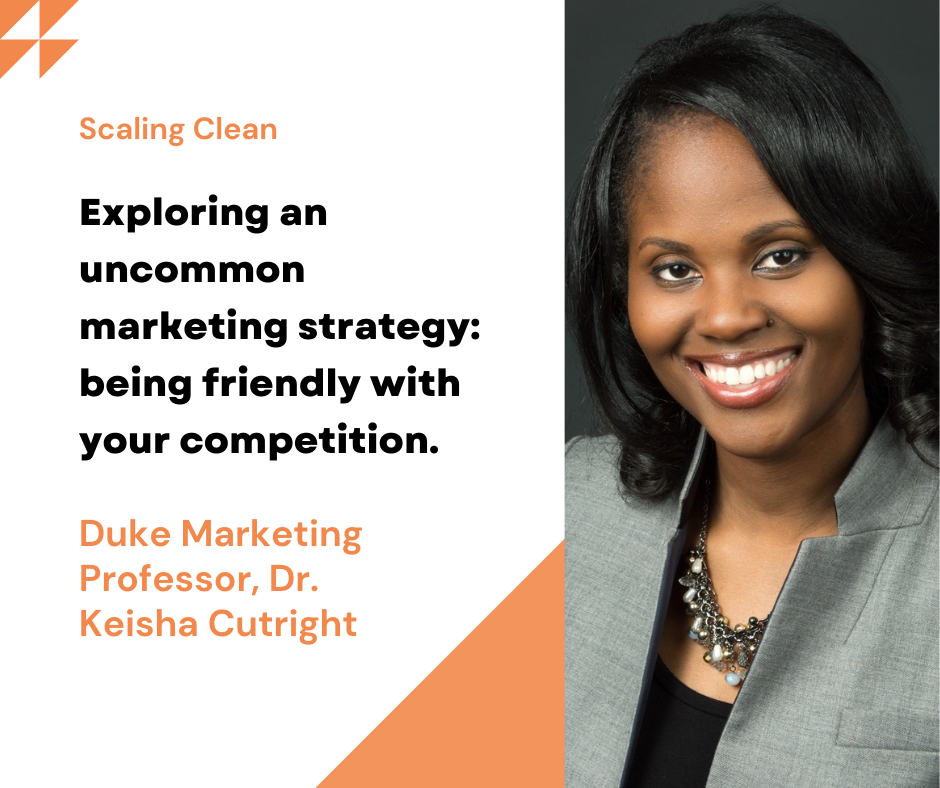
![Modern Cleantech Marketing Guide + [B2B Marketing Checklist]](https://www.tigercomm.us/hubfs/Screenshot%202022-03-08%20at%206-58-47%20PM-png.png)

